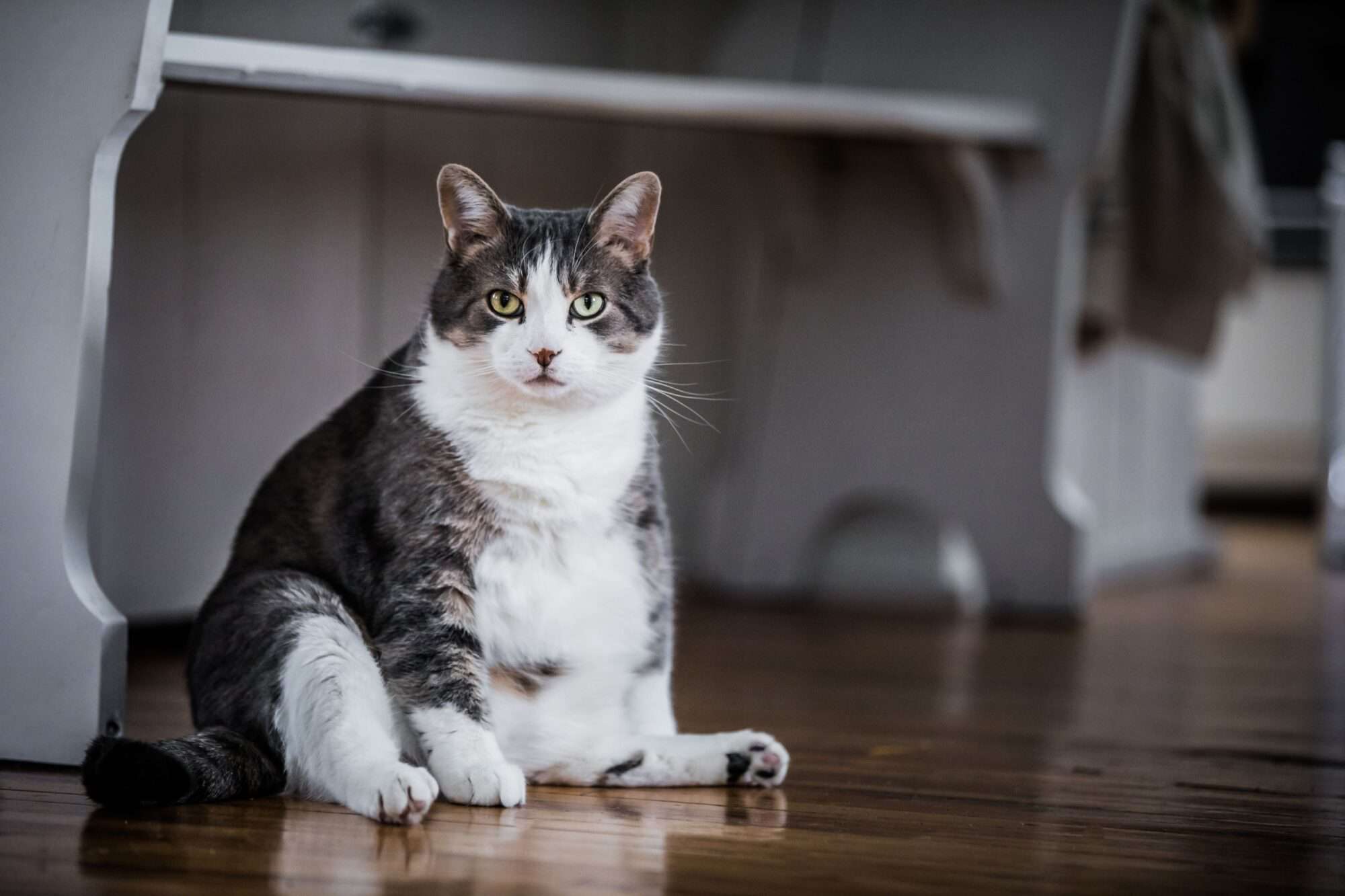
According to the Association for Pet Obesity Prevention, 59% of dogs and 61% of cats were classified as overweight or obese in 2022. There are many explanations for these statistics, but the primary reason for this is simple: too many calories, and not enough exercise to burn them off. In addition to keeping pets looking their absolute best, preventing weight gain is paramount to overall health and well-being.
Keeping Weight Off
Pets are highly motivated by food, and they know exactly how to get what they want. Begging! We are all guilty of giving in to a pet’s pleading looks and plaintive whines. But the truth is, this hurts them more than it benefits them. Added calories from treats can slowly thicken a pet’s midsection, and increase their vulnerability to a wide range of associated health problems.
A Preventive Strategy
If weight gain is attributed to excess calories and inadequate ways to burn them off, it is important to work to find a better balance between calories in and calories out. Talk to your vet about the proper portion sizes, and stick to them every single day. You should also provide your pet with plenty of opportunities for exercise.
We can help you find the right food for your pet’s specific lifestage and lifestyle, and figure out exact portions to support their changing needs. As pets age, their nutritional needs can shift. Food that was previously appropriate for optimal growth and development in puppyhood or kittenhood may not meet the needs of an adult or aging senior.
How to Recognize the Problem
Many pets are intensely active and have no problem maintaining a healthy weight. This may look like:
- A clearly defined waist when viewed from above
- A tucked abdomen when viewed from the side
- Easily felt ribs without placing too much pressure on the sides
Check out this guide about the ideal body condition score to learn more about healthy (and unhealthy) appearance.
A Pivot Toward Health
To effectively manage a pet’s weight, adhere to food portions and ask everyone in the house to do the same. Do not offer table scraps or even small bits of your own meals. If you were using treats as training supports, start to use more praise and physical affection. Clicker training can also be effective.
Encouraging More Movement
It is not impossible to convince a pet that they need fewer treats and more exercise, but it might take a few weeks to win them over. Make play time as fun and rewarding as possible. If they are able to integrate both physical and mental stimulation in physical activity, such as with agility training, your pet will feel tired and fulfilled.
We Are Here For Your Pet
Overweight and obese pets are vulnerable to numerous associated health conditions, including:
- Diabetes
- Cancer
- High blood pressure
- Kidney disease
- Arthritis
With so much at stake, it is crucial to prevent unnecessary weight gain. Providing the right food for your pet’s age and lifestyle is just as important as ensuring their safety, comfort, and happiness.
If you have additional questions or concerns about weight gain and the dangers of pet obesity, please give us a call at (530) 533‑7513. Our team is always here to help at Oroville Animal Health Center.
